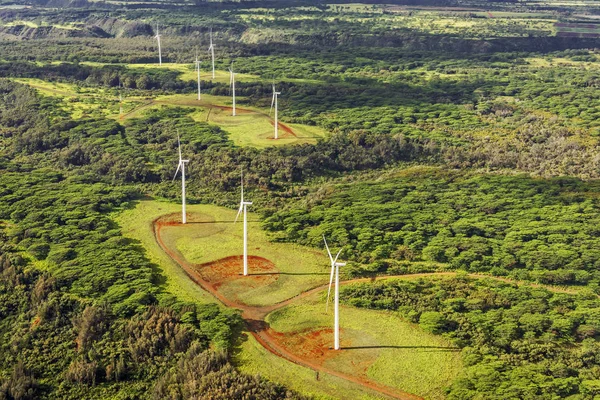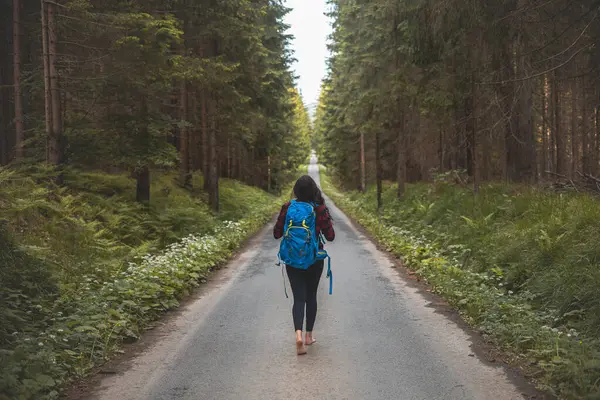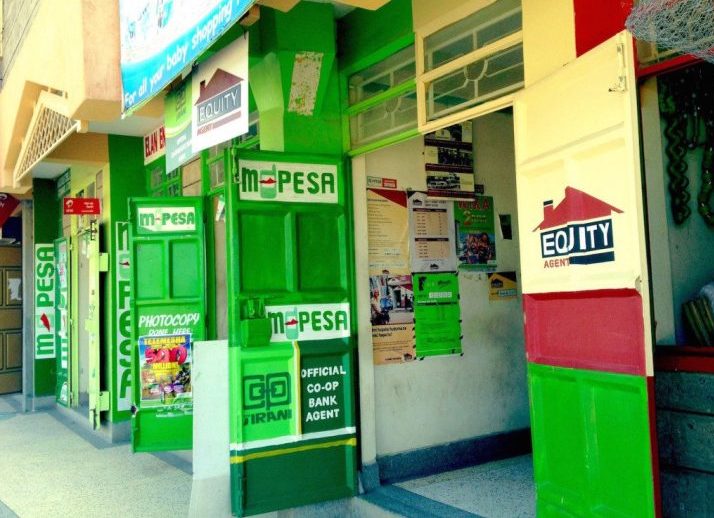More and more, Gen Z is leading the way when it comes to environmental awareness. One area where this generation is making a big difference is in tourism and travel. The idea of traveling sustainably means finding ways to explore the world while reducing your carbon footprint and supporting local communities. Sustainable travel isn’t just about avoiding planes or staying in eco-friendly hotels. It’s about making smarter choices from start to finish.
In this post, you’ll learn how to plan your next eco-friendly vacation with tips on where to go, how to get there, what to do, and how to pack sustainably. Whether you’re planning a trip around your hometown or across the globe, sustainable travel is easier than you might think.
What is Sustainable Travel?
At its core, sustainable travel means making choices that have a positive impact on the planet, local economies, and cultures. It’s about reducing negative effects like carbon emissions, waste, and over-tourism. On the flip side, it also means supporting local businesses, respecting wildlife, and preserving nature. In simple terms, it’s traveling with care and intention.
Related: Sustainable Living: 10 Simple Swaps to Save Money and the Planet
Why is Sustainable Travel Important?
Sustainable travel isn’t just a trend—it’s a necessity. As tourism grows, so does the impact on the environment. By choosing to travel responsibly, you help protect fragile ecosystems, reduce waste, and support communities that rely on tourism in a way that doesn’t overwhelm them.
How you can make your next vacation more sustainable
1. Choosing the Right Destination

Your destination sets the tone for your entire trip. Here’s how to make sure your choice is as sustainable as possible:
a) Stay Close to Home
One of the easiest ways to reduce your carbon footprint is to travel to destinations closer to where you live. You don’t always need to hop on a plane to have a great experience. Look for hidden gems in your area, whether it’s a national park, a nearby beach, or even an unexplored city a few hours away.
b) Look for Eco-Certifications
Some destinations are actively working to minimize their environmental impact. Look for places certified by organizations like Green Globe or Rainforest Alliance. These certifications indicate that the destination prioritizes sustainability in areas like energy use, waste reduction, and local community support.
c) Avoid Over-Tourism Hotspots
Popular tourist destinations often suffer from overcrowding, which can harm local ecosystems and make life harder for the people who live there. Instead of heading to overrun spots like Venice or Bali, consider alternatives. For example, visit less-crowded beaches, national parks, or small towns that would benefit from tourism dollars without the strain of over-tourism.
2. Choosing Eco-Friendly Transportation
Transportation is one of the biggest factors in your travel footprint. Here are some tips to reduce your impact:
a) Train Travel Over Planes
Whenever possible, opt for trains instead of planes. A train trip can be a fun part of your journey, allowing you to relax, enjoy the view, and significantly cut your carbon emissions. Europe and Japan are especially known for their efficient and comfortable train networks, but train travel is expanding in many parts of the world.
b) Carpool or Rent Electric Vehicles
If you need to drive, consider carpooling with friends or family. This way, you’re reducing the number of cars on the road. Alternatively, renting a hybrid or electric car is another great option for cutting emissions.
c) Explore by Foot or Bicycle
Once you reach your destination, walking and biking are the most eco-friendly ways to get around. Plus, they give you the chance to truly explore a new place. You’ll see more, connect with the local environment, and stay active during your trip. Many cities offer bike rentals, and walking tours are often available if you want to combine sightseeing with sustainability.
d) Use Public Transport
Most cities have public transport systems that can get you around easily. Buses, trams, and subways are not only cost-effective but also environmentally friendly. They use less fuel per person than individual cars and are a great way to experience a city like a local.
Related: Which are the best ecotourist sites in Kenya?
3. Staying in Sustainable Accommodations

Where you sleep plays a big role in how sustainable your trip is. These are some options to consider:
a) Eco-Lodges and Green Hotels
Many hotels and resorts are adopting eco-friendly practices, such as using solar power, conserving water, and recycling waste. Websites like Eco Hotels or Green Key can help you find accommodations that prioritize sustainability. These places often use renewable energy, have strict recycling policies, and may even grow their own food or source it locally.
b) Homestays with Locals
Instead of staying at a big hotel chain, consider homestays, where you stay with a local family. This way, you not only support the local economy but also immerse yourself in the local culture. Homestays often have a lower environmental impact than large hotels, and they offer a more authentic experience.
c) Camping with Care
Camping is one of the best ways to reduce your travel footprint, especially if you follow Leave No Trace principles. These include minimizing campfire impact, disposing of waste properly, and respecting wildlife. Remember, when camping, you should always leave the area as you found it—or better!
4. Sustainable Activities to Enjoy
There are plenty of activities you can enjoy that are both fun and eco-friendly:
a) Connect with Nature
Hiking, kayaking, snorkeling, and bird watching are all low-impact activities that allow you to appreciate the natural world without harming it. These activities help you connect with nature, and in some cases, they even support conservation efforts.
b) Volunteer Tourism
Another great way to make your trip meaningful is by giving back to the community. Volunteer tourism, or “voluntourism,” involves working on projects that benefit the local environment or community. Whether it’s planting trees, helping build schools, or working with wildlife conservation programs, your time and effort can have a lasting impact.
c) Cultural Immersion
Respecting and immersing yourself in local cultures is a huge part of sustainable travel. Learn about the history, traditions, and customs of the area you’re visiting. Try local foods, visit markets, and participate in local festivals. By engaging with the culture, you’re not only broadening your horizons but also supporting the local economy.
d) Support Eco-Tours
Many tour operators now offer eco-friendly tours that prioritize environmental protection and support local communities. Look for tours that use sustainable transportation, have a low environmental impact, and give back to the places they visit.
5. Packing Sustainably
How you pack can also play a role in reducing your impact:
a) Pack Light
Bringing fewer items reduces the weight of your luggage, which helps lower carbon emissions during transportation. Do you really need that extra pair of shoes or bulky toiletries? Probably not. Packing lighter means less strain on the environment and an easier trip for you.
b) Bring Reusable Items
Avoid single-use plastics by packing reusable items such as water bottles, coffee cups, shopping bags, and utensils. These small items can prevent waste and are easy to carry.
c) Choose Sustainable Clothing
When packing clothes, consider choosing items made from sustainable materials like organic cotton, hemp, or recycled fabrics. Also, try to pack versatile clothing that can be used in different situations so you don’t overpack.
6. Reducing Your Carbon Footprint
Here are a few additional ways to make your trip greener:
a) Carbon Offsets
You can balance out the carbon emissions of your trip by purchasing carbon offsets. These are credits you buy to fund projects that reduce or capture carbon, like planting trees or developing renewable energy.
b) Support Local Businesses
When you spend money at local restaurants, markets, and shops, you’re helping the local economy. Plus, locally sourced food and products often have a smaller carbon footprint since they don’t need to be transported as far.
c) Respect Wildlife and Natural Spaces
Whether you’re hiking through a national park or snorkeling near a coral reef, be mindful of how you interact with nature. Avoid disturbing wildlife, and never leave trash behind. Remember the rule: Take only pictures, leave only footprints.
Final Thoughts: Every Step Counts
Traveling sustainably doesn’t have to be hard. By making small adjustments to your travel habits, you can have an amazing adventure while helping to protect the environment. Every little bit helps—whether it’s choosing a closer destination, packing a reusable water bottle, or staying at an eco-friendly lodge.
With these tips, your next vacation can be both fun and responsible. So, go ahead and start planning an eco-friendly trip that aligns with your values. The planet will thank you!



